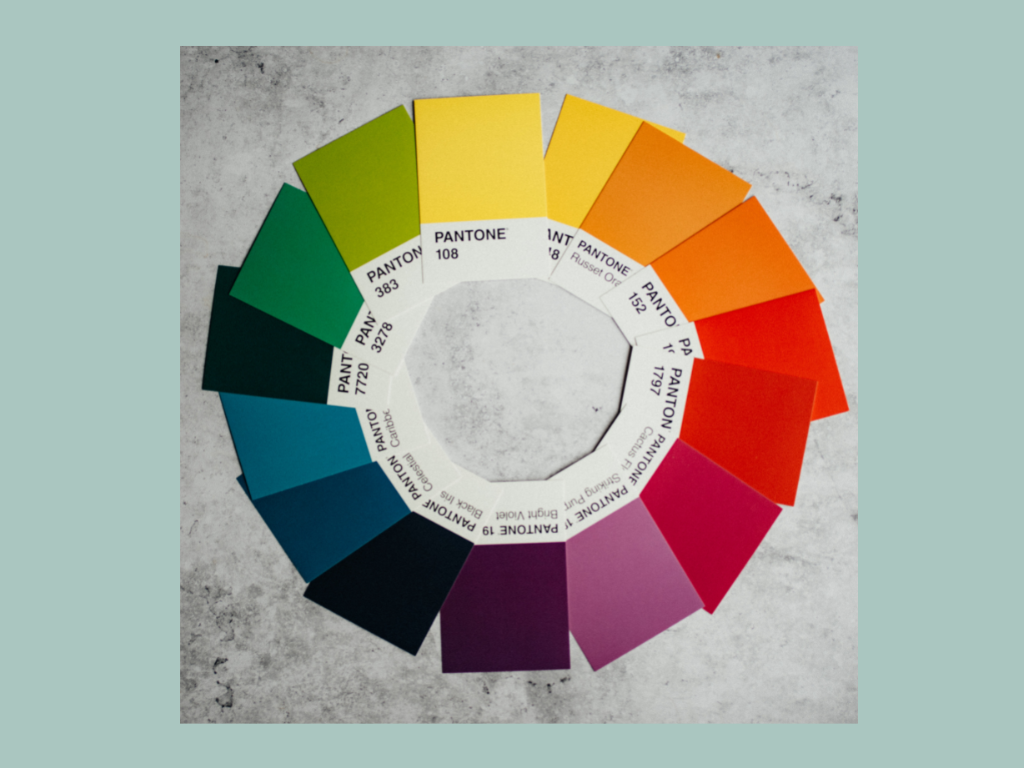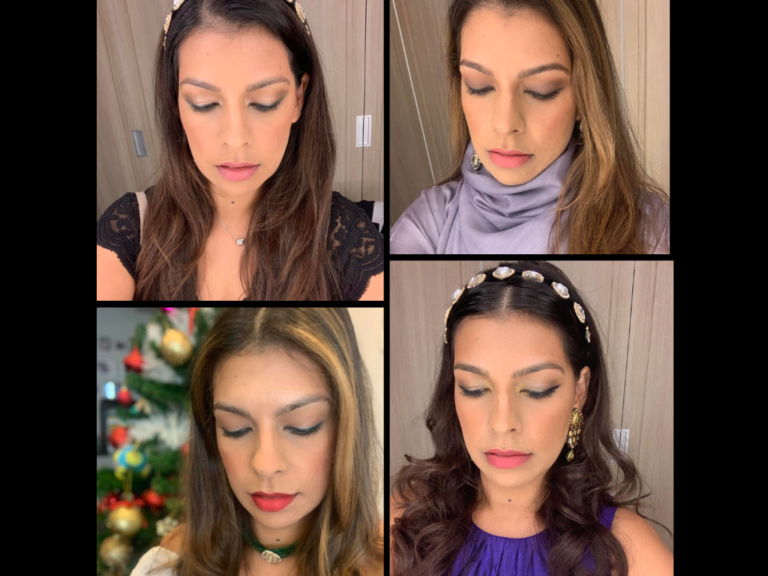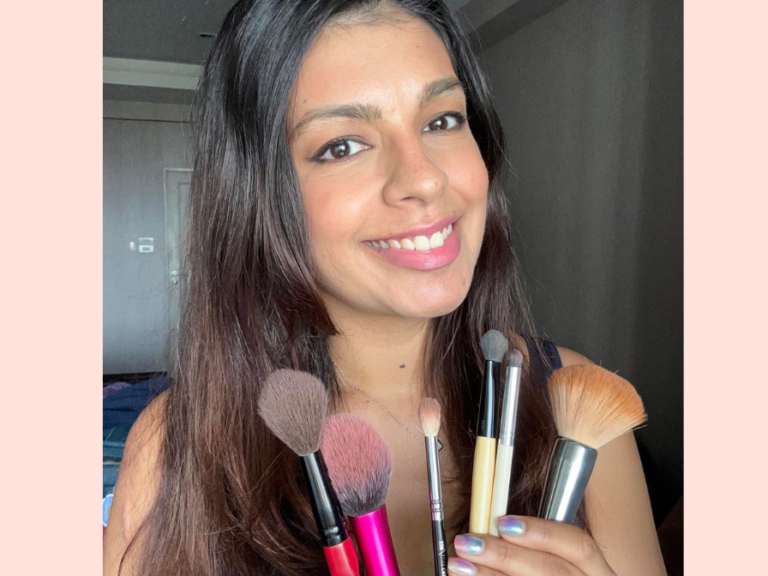How To Use The Color Wheel For Makeup To Improve Your Skills
The color wheel is something we’ve all seen since we were kids. I want to share with you how to use the color wheel for makeup to level up your beauty game.
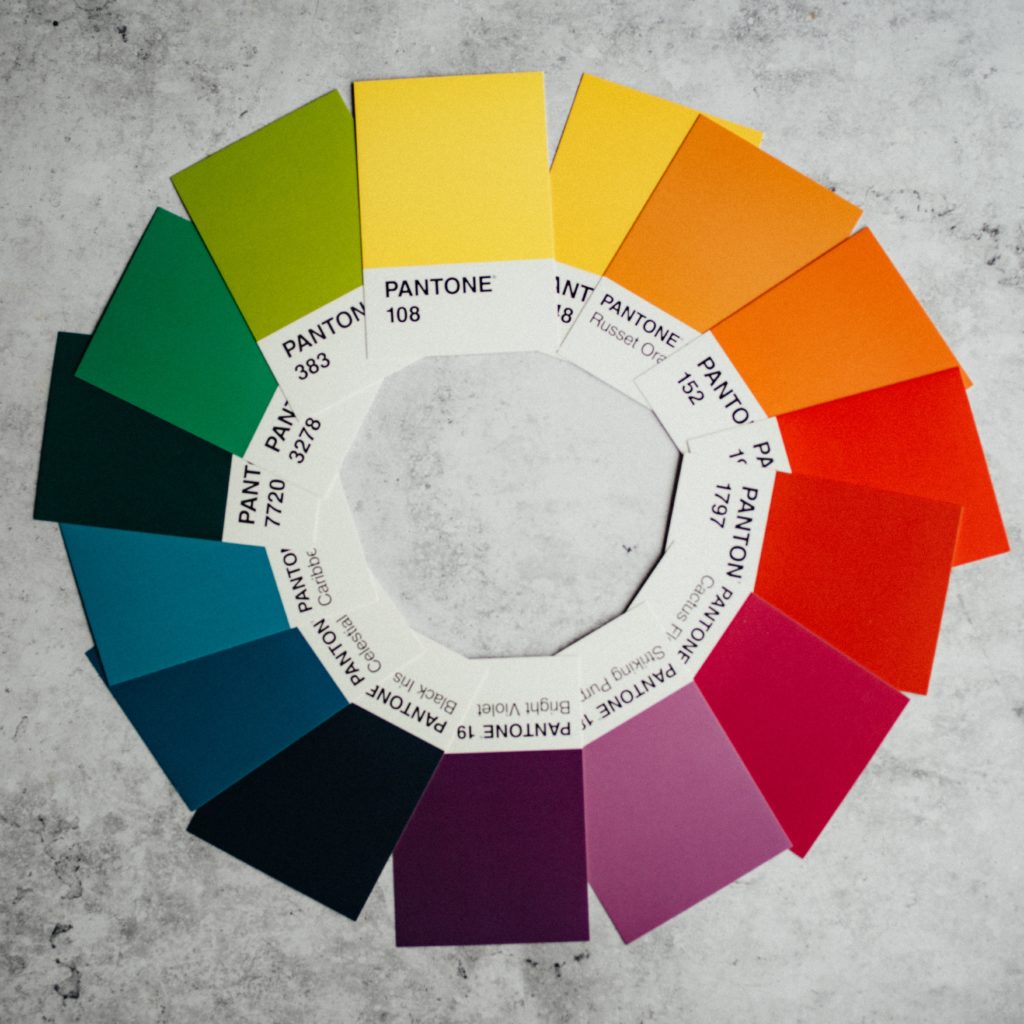
Table of Contents
Two important facts of the color wheel for makeup that you need to know
1. Complementary colors
Colors opposite each other on the color wheel are known as complementary colors and “cancel” each other out when used in makeup. The opposite pairs are: red and green, orange and blue, purple and yellow.
2. Warm and cool undertones
Red, orange and yellow are considered colours with warm undertones because they look and feel “warm” like the sun. While green, blue and purple have cool undertones because they look and feel “cool” like the ocean.
How to use complementary colors for color correcting
For medium to dark skin tones color correcting before foundation is an important step because it helps even out the skin tone. For example, I have a medium brown skin tone and I have dark blueish grey circles under my eyes. Regular concealer doesn’t work for me because my darkness still peaks through. To fix this I need to add in the step of color correcting to my makeup routine. It sounds complicated, but it’s really not. Color correcting basically means to “cancel” out or neutralize the color that we don’t want to show. So in my case I would apply an orange / red color corrector over my dark eye circles before I go in with concealer and foundation. The deeper the color of your pigmentation problem, the deeper the color corrector shade should be. Some good orange correctors for my medium skin tone:
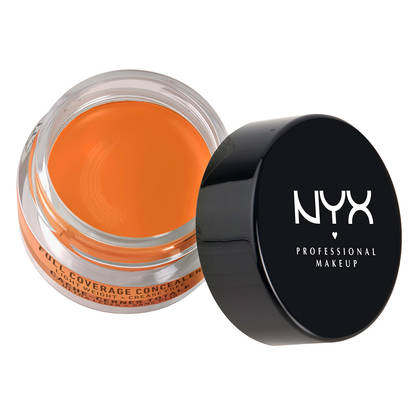
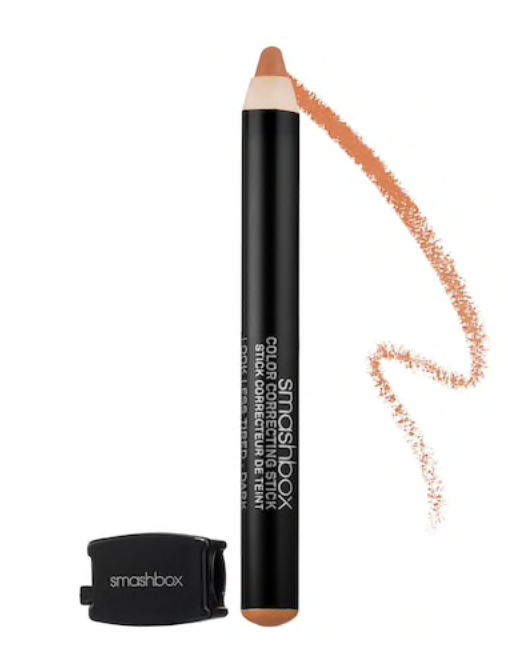
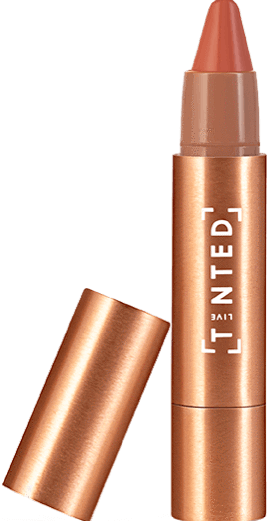
On fairer skin tones, redness is usually an issue and this can be canceled out by using a green color corrector before applying any foundation or concealer. Some good ones are:
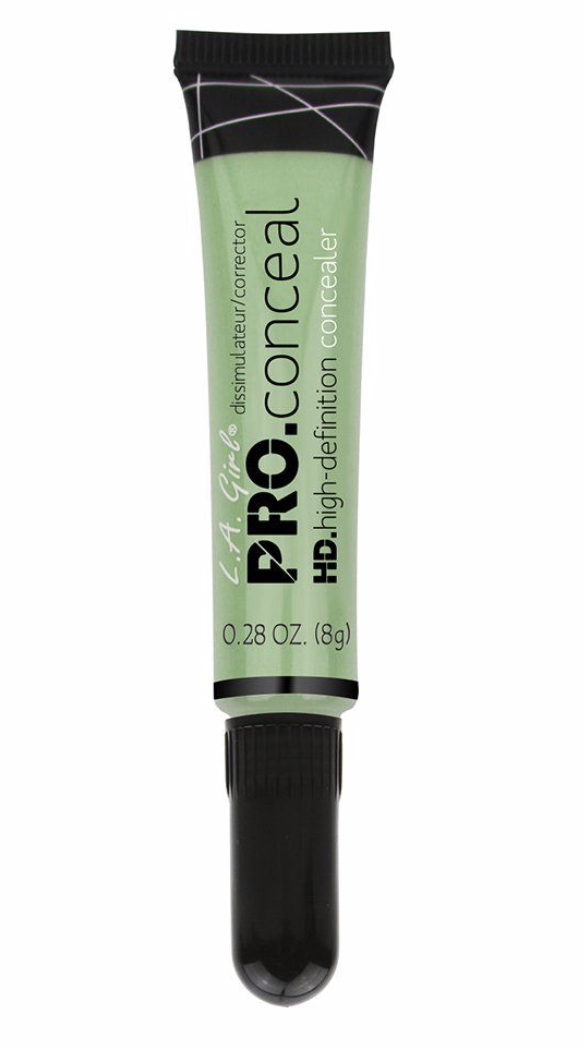
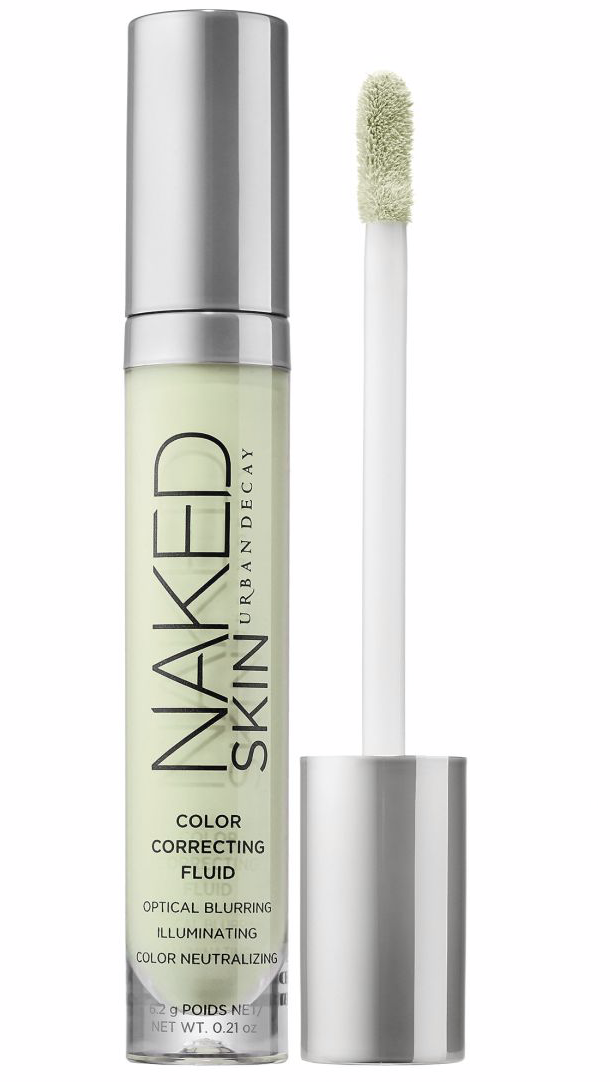
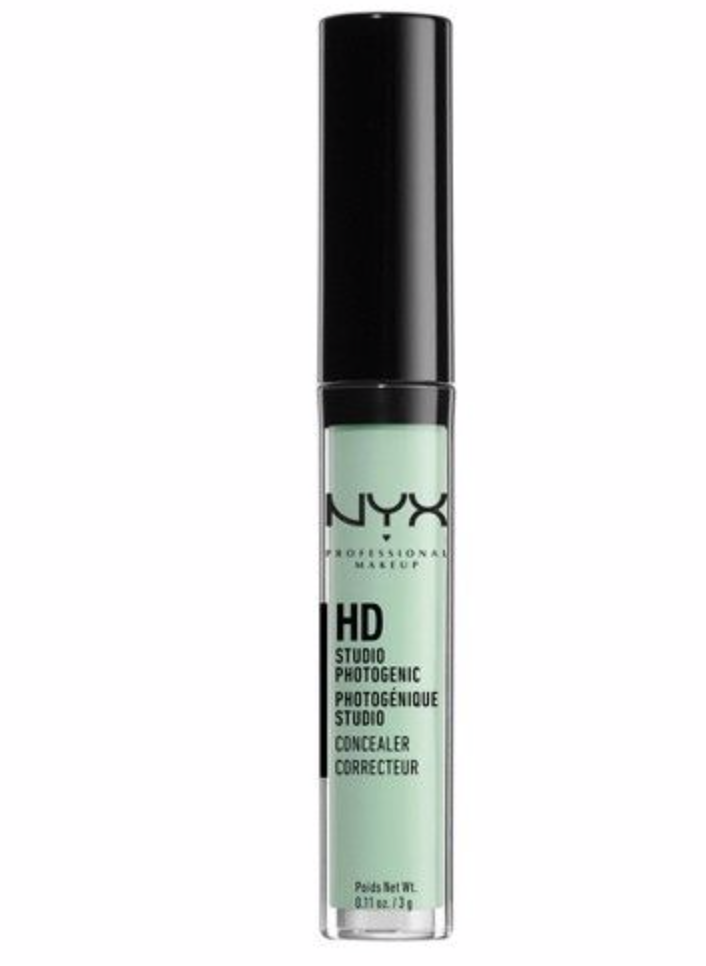
Purple color corrector is used to minimize yellow spots on the skin. It’s not too commonly used, so I won’t go into too much detail about it here.
Related:
What Is Color Correction In Makeup?
Using the color wheel for makeup to figure out the right eyeshadow for your eye color
It’s so simple — just look at the color of your eyes and choose eyeshadow colors that are the direct opposite on the color wheel.
- Blue eyes pop in shades of orange, copper, reddish browns
- Green eyes pop in shades of pink, magenta, red
- Brown eyes are more neutral, so most colors will stand out against them. However, if you’re looking for a rule of thumb then stick to jewel tones like green, blue and purple — they make brown eyes pop the most.
What I mention here is meant to be a starting point. Experiment with color and see what you like best. Personally, I love the way the colors blue, gold, copper and dark brown look on my brown eyes and I like to mix and match colors to get different kinds of looks. The Urban Decay Born To Run eyeshadow palette is a good one to experiment with for all eye colors. Huda Beauty has travel size Obsessions Eyeshadow Palettes with singular color themes (pink, purple, blue, copper/orange, green etc); these would be ideal, if you’re looking for a palette to suit one particular eye color.
Related:
Tips On How To Match Makeup With Your Outfit
Eyeshadow Palettes For Medium Skin Tones and Brown Eyes
The Best Huda Beauty Eyeshadow Palettes For Brown Eyes
How to use warm and cool undertones in makeup application
Foundation
Everyone’s skin has either a warm, cool or neutral undertone and choosing the right foundation to match your undertone is the single most important part of makeup application. The word “undertone” might sound confusing but it’s really not — it’s the way to describe the way your skin tone looks and feels. Once you know your undertone, choosing a foundation is much easier because for each brand there will be select number of colors for each undertone (usually separated into warm (golden/yellow), cool (pink) and neutral). The trick to finding the right foundation color is to put some on the jawline and match it to your neck color. That way when you apply the foundation to your whole face, it will match your body perfectly and look natural. There are two easy ways to tell what your undertone is:
- The vein test: Look at the veins near your wrist — if they look blue, you have a “cool” undertone; if they look green, you have a “warm” undertone; and if you really can’t tell then you’re most likely “neutral” (like me).
- The jewelry test: Look at your preferences in jewelry for your skin tone — if you prefer silver, you have a “cool” undertone; if you prefer “gold”, you have a “warm” undertone”; and if you prefer both, then you have a “neutral” undertone. Brands with a large range of undertones and shades for all skin categories: Fenty Beauty, NARS, Maybelline, Lancome, Makeup Forever, Estee Lauder.
Blush
Another way to step up your makeup game is to use blush with the same undertone as your skin tone. In my case, I have a neutral yet slightly warm undertone so I choose coral and peach shades when it comes to blush. These warmer tones pop on my face much more and give natural flushed effected. For cool undertone, cool pinks and berry shades will pop. For neutral undertone, you can go either way. Brands with a nice range of blush shades: Flower Beauty, Milani Cosmetics, NARS, Hourglass, Tarte
Lipstick
No surprise here — match your lipstick to your skin’s undertone! For warm undertone, peachy nudes, corals, and orange-based reds are the way to go (read my post here for my all time favourite lipstick for medium to dark skin tones). For cool undertones, go for baby pink, blue-based red, deep magenta, or even purple. For medium to darker skin tones, you can experiment with shades such as plum, berry, wine, brown, terracotta. The thing with wearing a lipstick shade that doesn’t match your undertone is that it can make you look pale, ashy or sickly. This has happened to me time and again when I wear a cool-toned pink or red against my neutral/warm undertone. Lipstick brands with a wide shade range: MAC, L’Oreal, Maybelline,
So there you have it — something you learned in school that has real, tangible value in the real world 😉
I hope you found this post helpful. Please share you comments and thoughts below.

